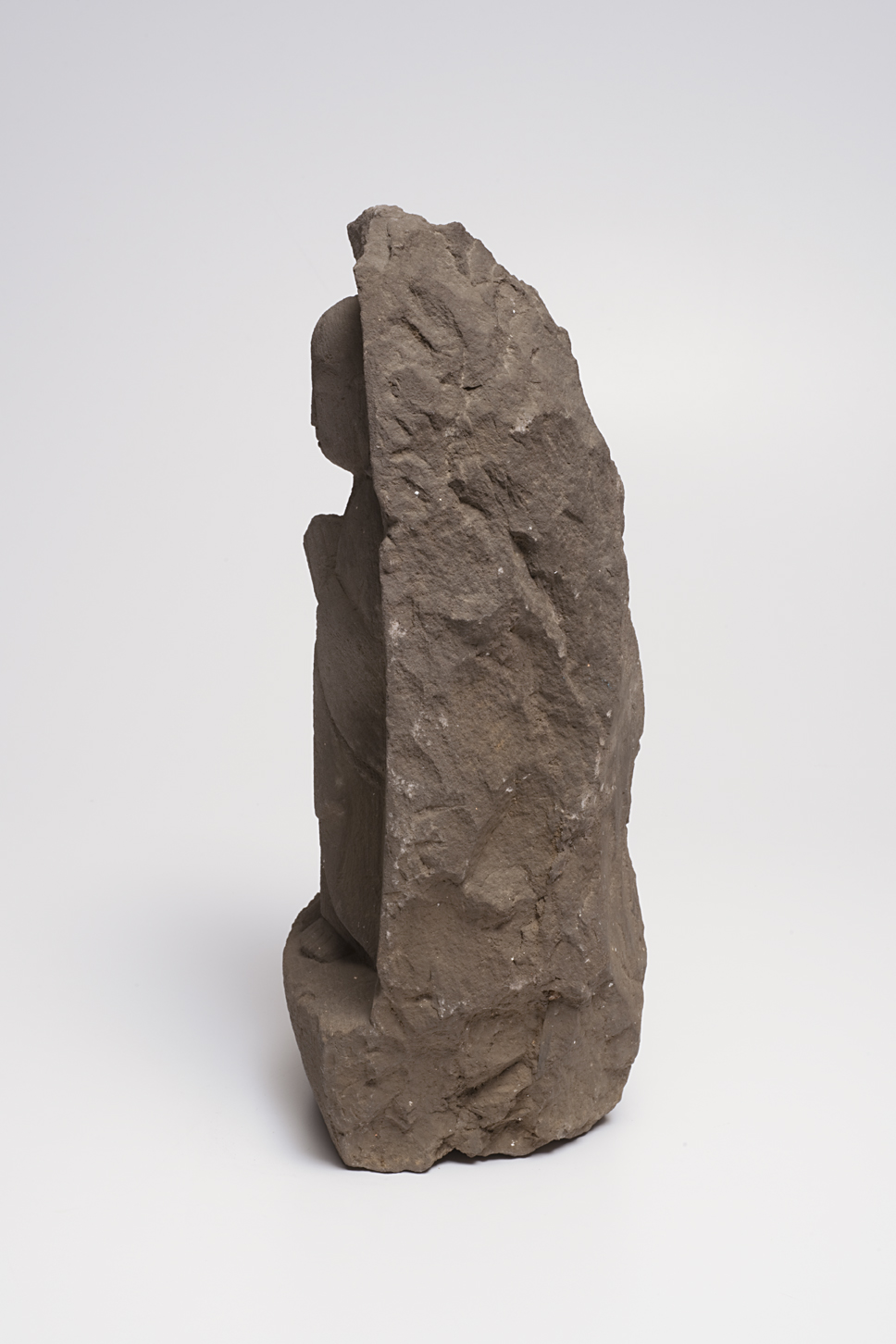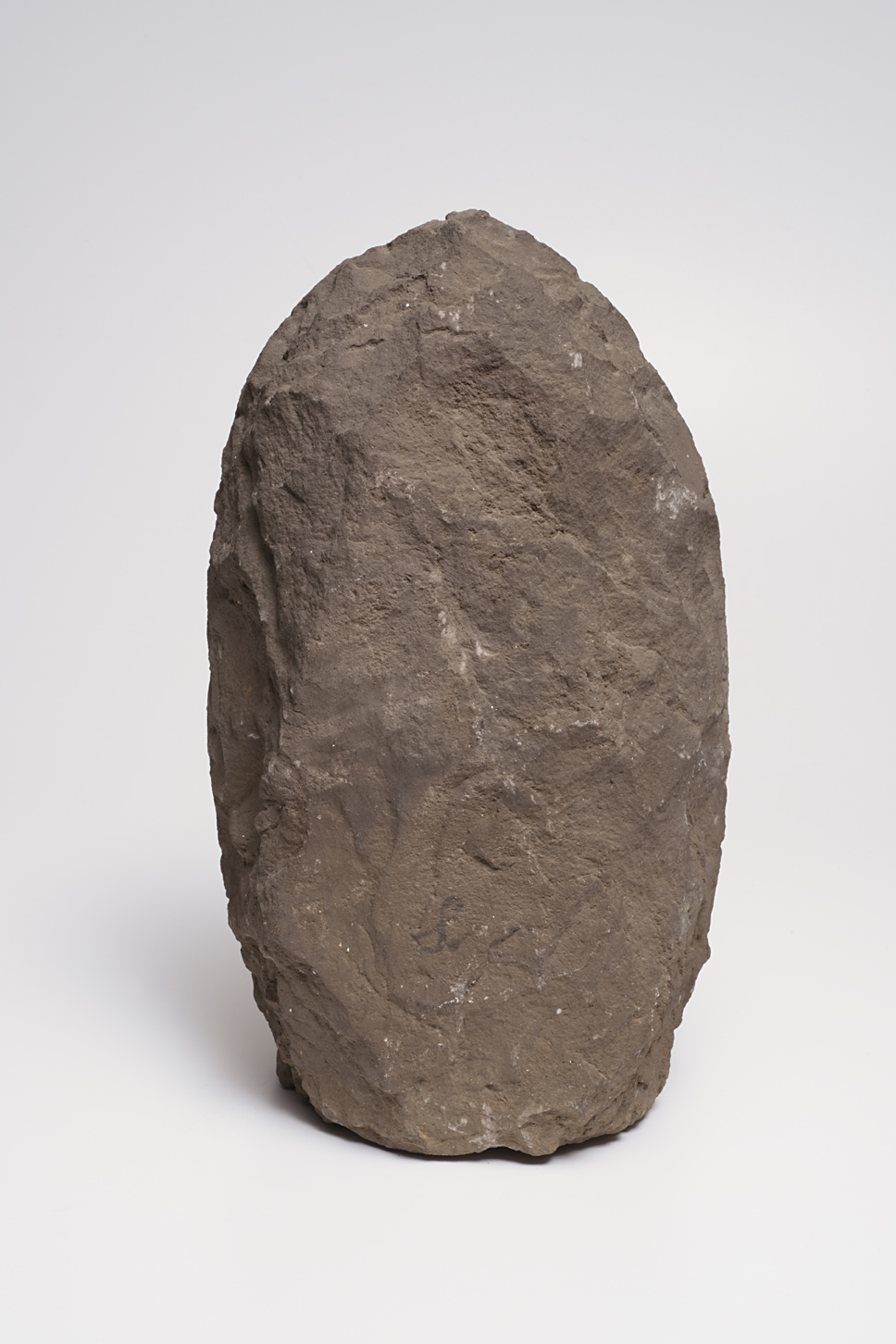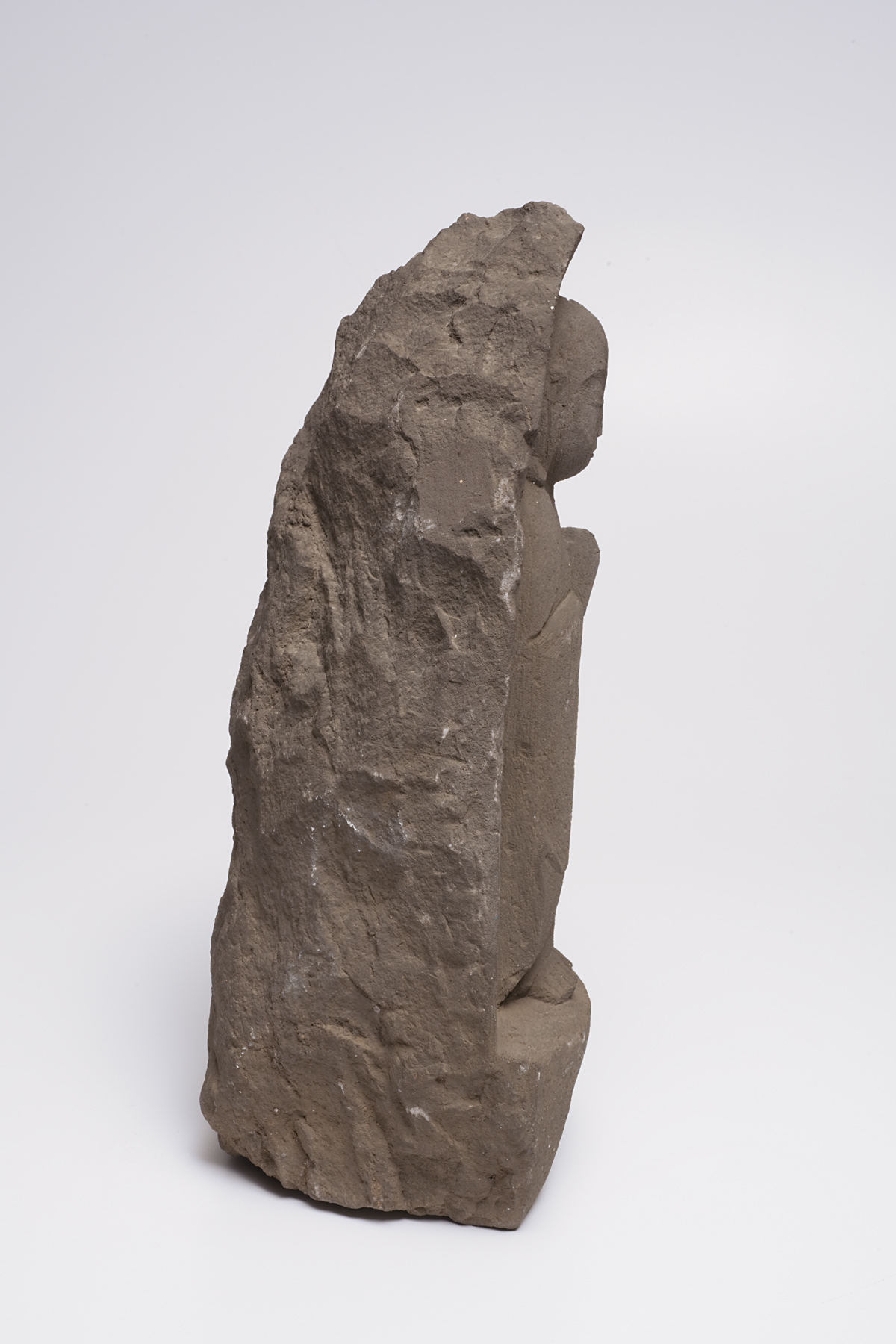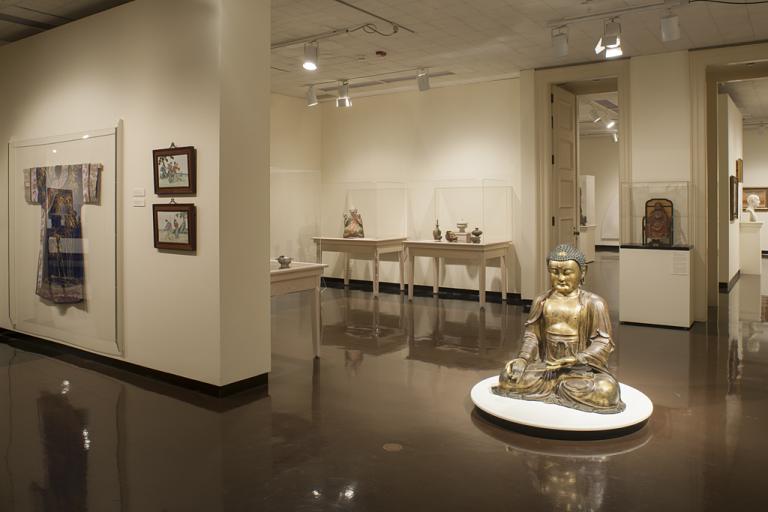地蔵 Jizō (Ksitigarbha), unknown maker from Japan
Artwork Overview
地蔵 Jizō (Ksitigarbha)
, 1728, Edo period (1600–1868)
Where object was made: Japan
Material/technique: stone; carving
Dimensions:
Object Height/Width/Depth (Height x Width x Depth): 41.5 x 24.5 x 17 cm
Object Height/Width/Depth (Height x Width x Depth): 16 5/16 x 9 5/8 x 6 11/16 in
Weight (Weight): 45 lbs
Object Height/Width/Depth (Height x Width x Depth): 41.5 x 24.5 x 17 cm
Object Height/Width/Depth (Height x Width x Depth): 16 5/16 x 9 5/8 x 6 11/16 in
Weight (Weight): 45 lbs
Credit line: Museum purchase
Accession number: 2010.0041
Not on display
If you wish to reproduce this image, please submit an image request





